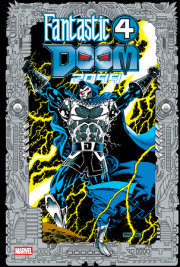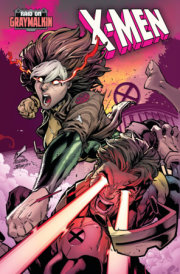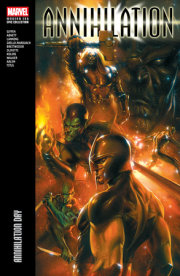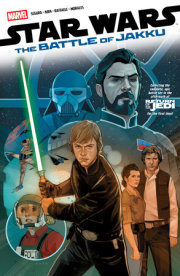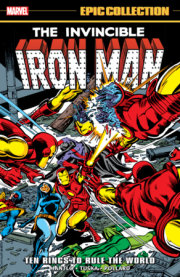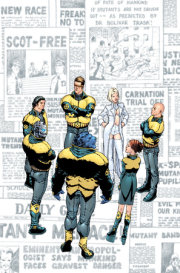An award-winning writer since 1973, Marv Wolfman succeeded mentor Roy Thomas as Marvel’s editor in chief. Well-remembered for his Tomb of Dracula scripts, he also enjoyed runs on Dr. Strange, Fantastic Four and Nova, among other titles. New Teen Titans, his 1980s collaboration with George Pérez, became DC Comics’ biggest hit in years. Wolfman and Pérez literally rewrote DC history with Crisis on Infinite Earths. He subsequently penned episodes for such animated TV series as G.I. Joe, Transformers and others.
Industry legend Chris Claremont is best known for his epic sixteen-year run on Uncanny X-Men. Claremont’s focus on the themes of prejudice and tolerance struck at the hearts of comics fans, and he built an unparalleled following during the next three decades. Under his pen, the X-Men franchise spawned a vast array of spin-offs, many of them written by Claremont himself. His other credits include Iron Fist, Ms. Marvel, Power Man and Spider-Woman. Claremont has returned to the X-Men universe in New Exiles, GeNext, X-Men Forever, Chaos War: X-Men and Nightcrawler.
In the 1970s, Tony Isabella wrote for as eclectic a set of characters as can be imagined — including Black Goliath, Captain America, Champions, Ghost Rider, Astonishing Tales' It the Living Colossus, Luke Cage Hero for Hire and Marvel Chillers' Tigra. At DC, he co-created Black Lightning and collaborated with Richard Howell on Shadow War of Hawkman. He wrote Justice Machine for two separate publishers and has announced his intention to write Heroic Publishing's Tigress. In Comics Buyers Guide, his “Tony’s Tips” column is a regular feature.
One of the Golden Age’s earliest talents, George Tuska (1916-2009) created characters for Fiction House, Harvey Comics and Fawcett Comics’ Captain Marvel Adventures, among many others. He helped launch one of the most popular post-war genres in Lev Gleason’s Crime Does Not Pay. He eventually provided multi-genre art for Atlas Comics, to which he returned following its transformation into Marvel. Tuska penciled Ghost Rider, Luke Cage: Power Man and Sub-Mariner, as well as a 10-year Iron Man stint. At DC, he illustrated Challengers of the Unknown and Superman, among others. As a comic-strip artist, Tuska drew Buck Rogers, Scorchy Smith and DC’s World’s Greatest Superheroes. His final industry work was cover art for Masquerade, part of Dynamite’s Golden Age character revival, bringing him full circle.
After over three decades of writing and drawing the Johnny Hazard comic strip, which he created in 1944, Frank Robbins (1917-1994) co-created Invaders with Roy Thomas, marking Marvel’s first major revival of Golden Age super heroes. His distinctive art style subsequently graced Captain America, Ghost Rider, and the licensed properties Human Fly and Man from Atlantis. Following a stint as writer on DC Comics’ Superman’s Girl Friend Lois Lane, he collaborated with artists Neal Adams and Irv Novick on runs of Batman and Detective Comics, respectively; his work is credited as instrumental in returning the Darknight Detective to his gothic/noir roots.
Ron Wilson began penciling the Thing’s Two-in-One adventures in 1975 and remained for most of the title’s run. He subsequently illustrated follow-up series Thing until its end in 1986. Wilson also contributed art for Avengers, Captain Britain, Power Man and other titles, including the entire run of Marvel’s licensed Masters of the Universe series. At DC, he provided character designs for the Milestone imprint.






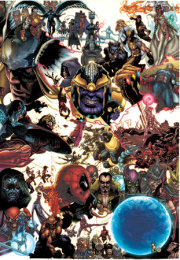
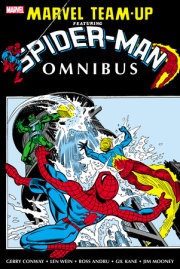

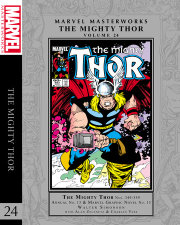
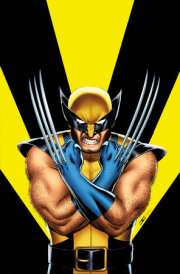

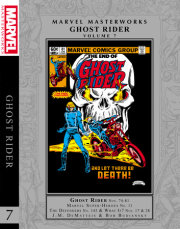
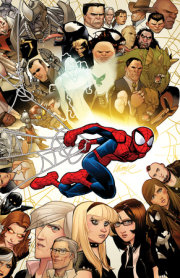
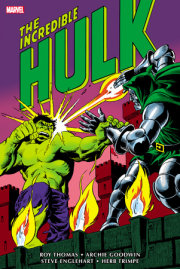
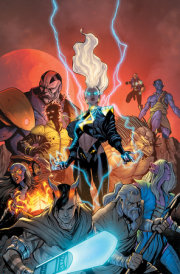
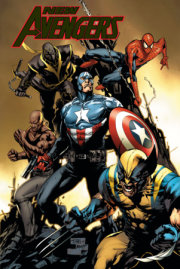
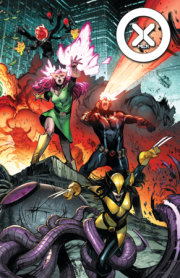
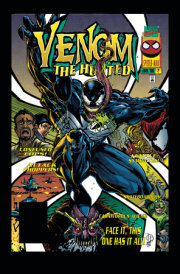
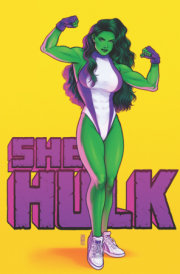
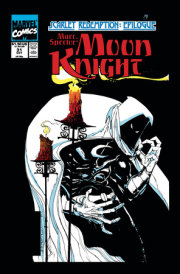



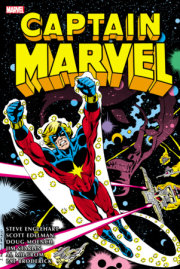
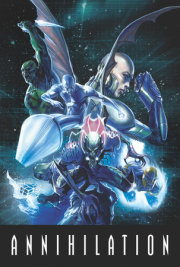
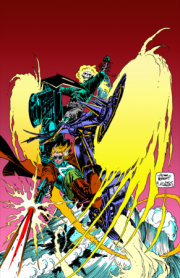
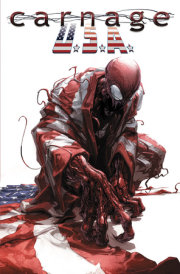
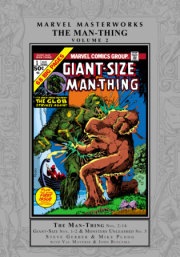
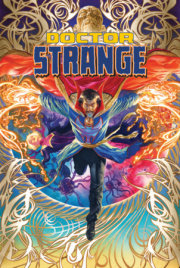
![TOMB OF DRACULA OMNIBUS VOL. 1 NEAL ADAMS COVER [NEW PRINTING 2]](https://images.penguinrandomhouse.com/cover/9781302965037?width=180)
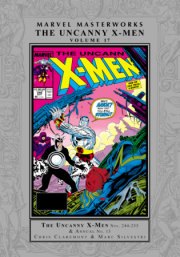
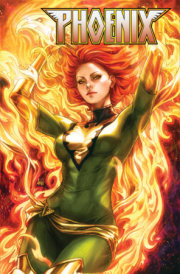
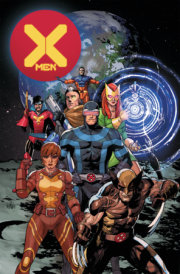
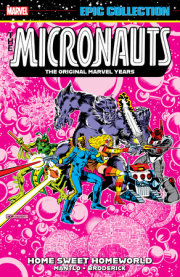
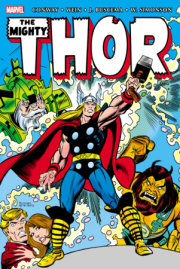
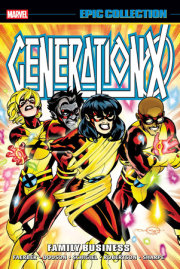
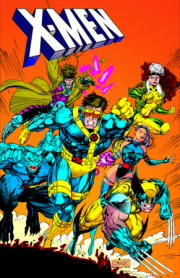
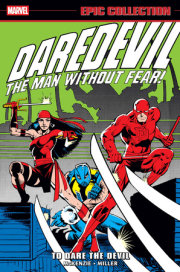
![IRON MAN: DEMON IN A BOTTLE [NEW PRINTING 2]](https://images.penguinrandomhouse.com/cover/9781302961817?width=180)
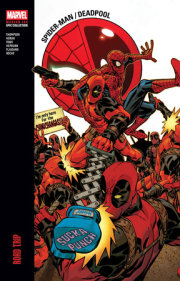
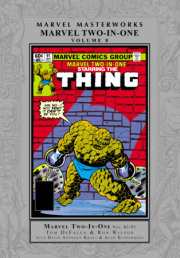

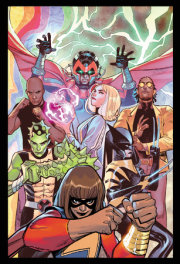

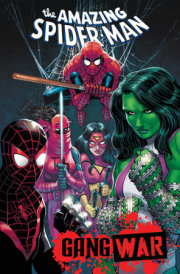
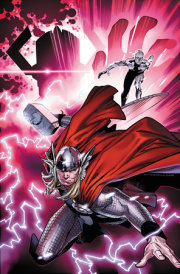
![ANNIHILATION: CONQUEST OMNIBUS ALEKSI BRICLOT COVER [NEW PRINTING 2]](https://images.penguinrandomhouse.com/cover/9781302966324?width=180)

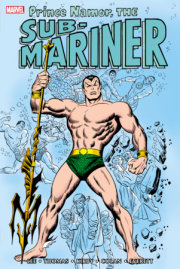
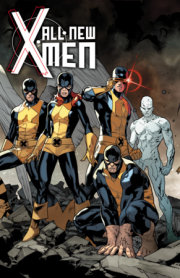
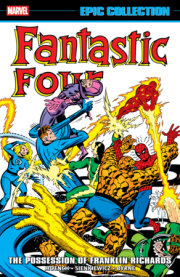
![ORIGINAL SIN [NEW PRINTING]](https://images.penguinrandomhouse.com/cover/9781302966249?width=180)
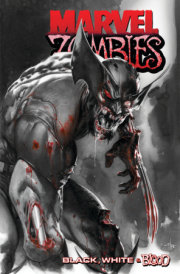

![X-FACTOR BY PETER DAVID OMNIBUS VOL. 1 LARRY STROMAN COVER [NEW PRINTING]](https://images.penguinrandomhouse.com/cover/9781302963705?width=180)
![AVENGERS WEST COAST EPIC COLLECTION: VISION QUEST [NEW PRINTING]](https://images.penguinrandomhouse.com/cover/9781302963910?width=180)
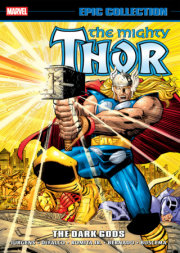
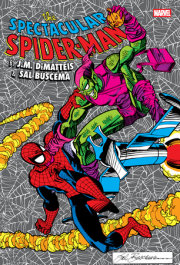
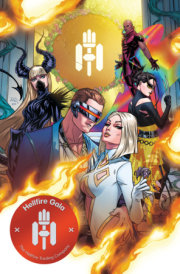
![WOLVERINE GOES TO HELL OMNIBUS JAE LEE COVER [NEW PRINTING]](https://images.penguinrandomhouse.com/cover/9781302961381?width=180)
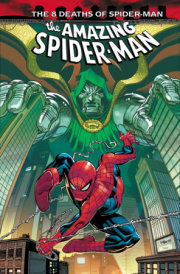
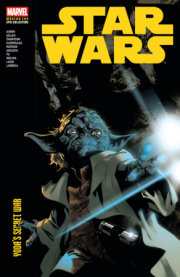
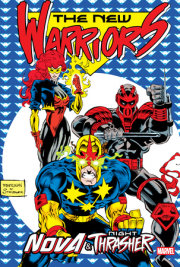
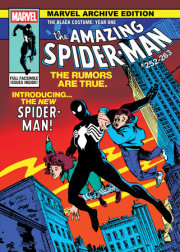


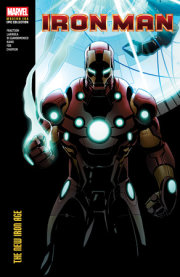
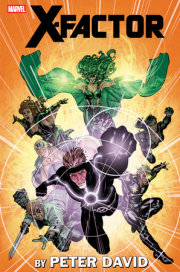
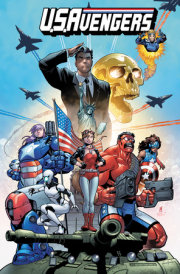
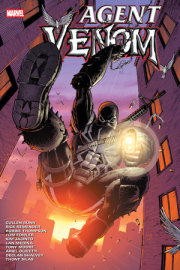

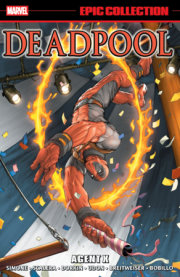
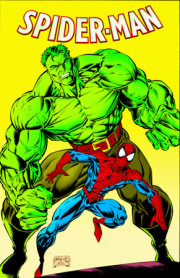
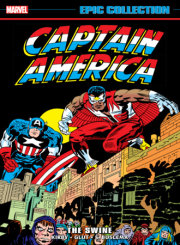
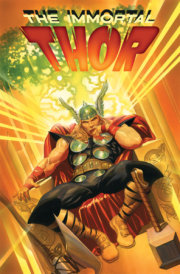
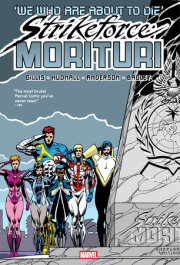
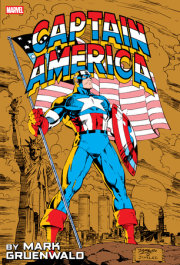
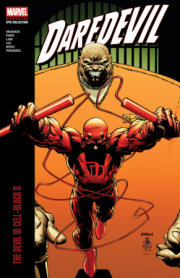
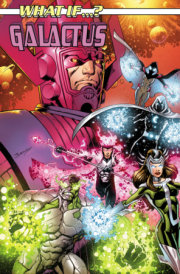
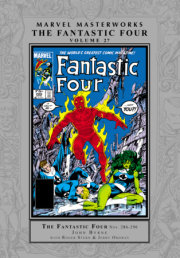


![MARVEL MASTERWORKS: THE SILVER SURFER VOL. 1 [REMASTERWORKS]](https://images.penguinrandomhouse.com/cover/9781302956042?width=180)

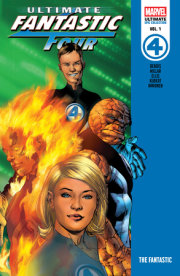
![X-MEN: AGE OF APOCALYPSE VOL. 2 - REIGN [NEW PRINTING]](https://images.penguinrandomhouse.com/cover/9781302963958?width=180)
